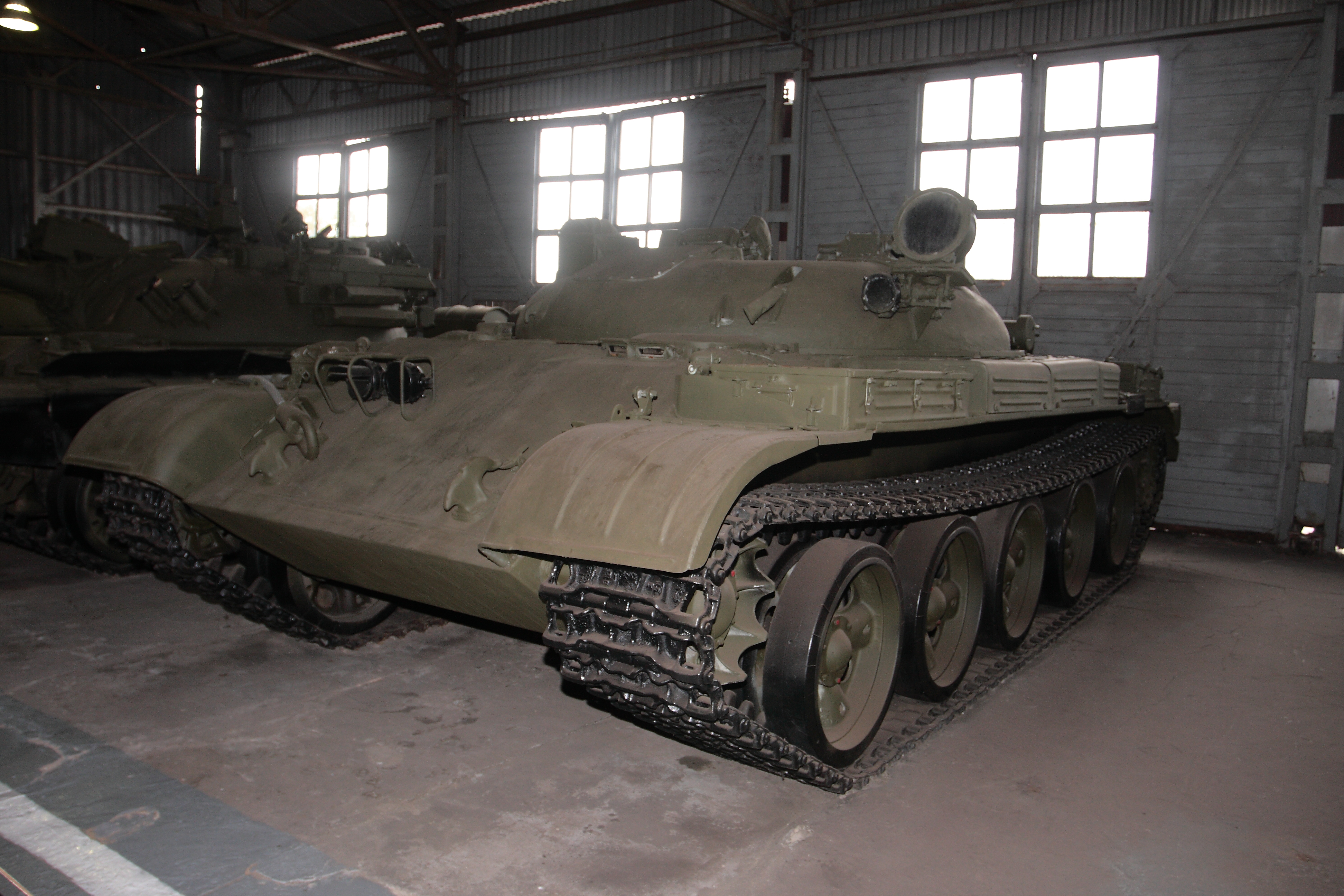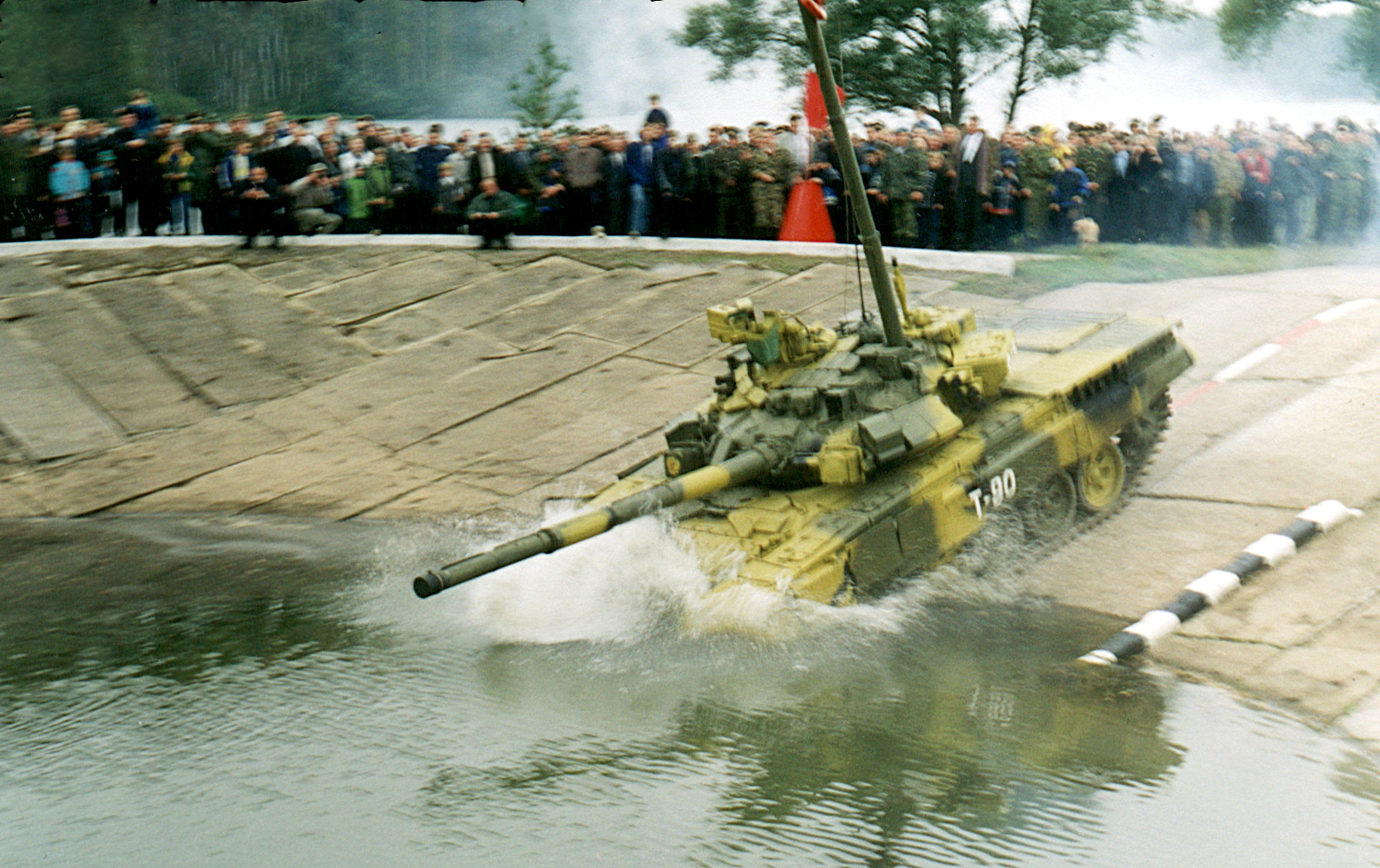|
Missile Tank
A missile tank is an armoured fighting vehicle fulfilling the role of a main battle tank, but using only guided missiles for main armament. Several nations have experimented with prototypes, notably the Soviet Union during the tenure of Nikita Khrushchev (projects Object 167, Object 137Ml, Object 155Ml, Object 287, Object 775), The West German Jaguar 2 tank destroyer saw service as a standard vehicle, although the Soviet IT-1 missile-armed tank destroyer also saw limited service. The term is sometimes applied more loosely to conventional tanks which are able to launch anti-tank guided missiles, to supplement their main gun for very long-range fire. Examples are the U.S.-German prototype MBT-70, M60A2, the defunct U.S. M551 Sheridan and French AMX-13, and several Soviet, Russian, and Ukrainian Ukrainian may refer to: * Something of, from, or related to Ukraine * Something relating to Ukrainians, an East Slavic people from Eastern Europe * Something relating to d ... [...More Info...] [...Related Items...] OR: [Wikipedia] [Google] [Baidu] |
IT-1 Missile Tank
The IT-1 (russian: Истребитель танков–1 - 'Istrebitel tankov–1', lit. 'tank destroyer-1') was a Soviet cold war missile tank based on the hull of the T-62. The tank fired specially designed 3M7 Drakon missiles from a pop-up launcher. It saw a very limited service between 1968 and 1970. The large deadzone around the tank created by the missiles' minimum range combined with the limited amount of ammunition carried made it unpopular with the military. Also, the 520 kg of guidance equipment needed for the missile was impractical. Eventually, the tanks were converted into recovery vehicles. A turbine-powered version was also developed named the IT-1T. Adoption & retirement Object 150 entered production in 1968 with 220 units made between 1968 to 1970. Its purpose was to provide additional firepower to T-62 tanks. It was designated the IT-1 tank destroyer and issued to battalions at Belarus and Carpathian Military Districts, crewed by tank crews and artillery ... [...More Info...] [...Related Items...] OR: [Wikipedia] [Google] [Baidu] |
AMX-13
The AMX-13 is a French light tank produced from 1952 to 1987. It served with the French Army, as the Char 13t-75 Modèle 51, and was exported to more than 26 other nations. Named after its initial weight of 13 tonnes, and featuring a tough and reliable chassis,''The Complete Guide to Tanks and Armoured Fighting Vehicles'', it was fitted with an oscillating turret built by GIAT Industries (now Nexter) with revolver type magazines, which were also used on the Austrian SK-105 Kürassier. Including prototypes and export versions, over a hundred variants exist, including self-propelled guns, anti-aircraft systems, APCs, and ATGM versions. Development The tank was designed at the Atelier de Construction d'Issy-les-Moulineaux (AMX) in 1946 to meet a requirement for an air-portable vehicle to support paratroopers. The first prototype ran from 1948. The compact chassis had torsion bar suspension with five road-wheels and two return rollers; the engine runs the length of the tank on ... [...More Info...] [...Related Items...] OR: [Wikipedia] [Google] [Baidu] |
Cannon-launched Guided Projectile
Cannon-launched guided projectiles (CLGP) are precision-guided munitions launched by howitzers, mortars, tank guns, and naval guns. Those projectile main propulsion system is the initial kinetic shoot, directed as much as possible toward the target. A secondary GPS or geocoordinates-based system then corrects the trajectory to increase target accuracy and fall closer to the target. This system relies on electronic guidance and pre-programmed coordinates, submitted to the round before its launch. CLGP are intended to supplement and not supplant conventional rounds, providing additional accuracy when needed. For example, the INVAR missile system on the T-90 MBT. Systems capable of firing CLGPs * 120×570mm NATO **Arjun MBT **Merkava *120 mm mortar ** PLL-05 * 125 mm smoothbore ammunition **T-64 **T-72 **T-80 **T-90 *152 mm **M60A2 **M551 Sheridan **MBT-70 List of CLGPs Tank * 105x617mm NATO ** LAHAT ** FALARICK * 120×570mm NATO ** LAHAT ** KSTAM ** SAMHO (plan ... [...More Info...] [...Related Items...] OR: [Wikipedia] [Google] [Baidu] |
BT Tank
The BT tanks (russian: Быстроходный танк/БТ, translit=Bystrokhodnyy tank, lit. "fast moving tank" or "high-speed tank") were a series of Soviet light tanks produced in large numbers between 1932 and 1941. They were lightly armoured, but reasonably well-armed for their time, and had the best mobility of all contemporary tanks. The BT tanks were known by the nickname ''Betka'' from the acronym, or its diminutive ''Betushka''. The successor of the BT tanks was the famous T-34 medium tank, introduced in 1940, which would replace all of the Soviet fast tanks, infantry tanks, and medium tanks in service. Design The BT tanks were "convertible tanks". This was a feature that was designed by J. Walter Christie to reduce wear of the unreliable tank tracks of the 1930s. In about thirty minutes, the crew could remove the tracks and engage a chain drive to the rearmost road wheel on each side, allowing the tank to travel at very high speeds on roads. In wheeled mode, the ... [...More Info...] [...Related Items...] OR: [Wikipedia] [Google] [Baidu] |
T-14 Armata
The T-14 Armata ( rus, Т-14 «Армата»; industrial designation russian: Объект 148, Ob'yekt 148, Object 148), is a next-generation Russian main battle tank based on the Armata Universal Combat Platform. The Russian Army initially planned to acquire 2,300 T-14s between 2015 and 2020. By 2018, production and fiscal shortfalls delayed this to 2025, before Russia announced the apparent cancellation of the main production run on 30 July 2018. However, , Russian state-owned TASS media agency claimed the Armata had been expected to begin serial production in 2022, with delivery of a test batch of 100 to the 2nd Guards Tamanskaya Motor Rifle Division expected to begin in 2022. The tanks are planned to only be officially transferred following completion of all state tests. In December 2021 the Russian state conglomerate Rostec stated that serial production had commenced, with "more than 40" Armata tanks anticipated to be delivered to Russian troops after 2023. In November ... [...More Info...] [...Related Items...] OR: [Wikipedia] [Google] [Baidu] |
T-90
The T-90 is a third-generation Russian main battle tank. It uses a 125mm 2A46 smoothbore main gun, the 1A45T fire-control system, an upgraded engine, and gunner's thermal sight. Standard protective measures include a blend of steel and composite armour, smoke grenade dischargers, Kontakt-5 explosive reactive armour (ERA) and the Shtora infrared anti-tank guided missile (ATGM) jamming system. The T-90 was designed and built by Uralvagonzavod, in Nizhny Tagil, Russia. It entered service with the Russian Army in 1992. Development The T-90 has its origins in a Soviet-era program aimed at developing a single replacement for the T-64, T-72 and T-80 series of main battle tanks. The T-72 platform was selected as the basis for the new generation of tank owing to its cost-effectiveness, simplicity and automotive qualities. The Kartsev-Venediktov Design Bureau from Nizhny Tagil was responsible for the design work and prepared two parallel proposals—the ''Object 188'', whi ... [...More Info...] [...Related Items...] OR: [Wikipedia] [Google] [Baidu] |
T-84
The T-84 is a Ukrainian main battle tank (MBT), based on the Soviet T-80 MBT introduced in 1976, specifically the diesel engine version: T-80UD. The T-84 was first built in 1994 and entered service in the Ukrainian Armed Forces in 1999. Its high-performance opposed-piston engine makes it a fast tank, comparable to other modern MBTs with a power-to-weight ratio of about 26 horsepower per tonne (19 kW/t). The T-84 Oplot is an advanced version incorporating an armoured ammunition compartment in a new turret bustle. Ten of these entered Ukrainian service in 2001. The T-84-120 Yatagan is a prototype model intended for export, mounting a 120 mm gun able to fire standard NATO ammunition and guided missiles. Development history After the adoption of the T-80 tank, the Soviets began improving its design. The disadvantages of the gas-turbine engine were readily apparent, and so several design projects were initiated to adopt a diesel alternative. Development of the T-80UD L ... [...More Info...] [...Related Items...] OR: [Wikipedia] [Google] [Baidu] |
T-80
The T-80 is a main battle tank (MBT) that was designed and manufactured in the former Soviet Union and manufactured in Russia. The T-80 is based on the T-64, while incorporating features from the later T-72. The chief designer of the T-80 was Soviet engineer Nikolay Popov. When it entered service in 1976, it was the second MBT in the world to be equipped with a gas turbine engine, after the Swedish Stridsvagn 103, and the first to use it as a main propulsion engine. The T-80U was last produced in 2001 in a factory in Omsk, Russia. The Ukrainian T-80UD diesel engine variant continued to be produced in Ukraine. The T-80 and its variants are in service in Belarus, Cyprus, Egypt, Kazakhstan, Pakistan, Russia, South Korea, Ukraine and Uzbekistan. Ukraine further developed the T-80UD as the T-84. History Development The project to build the first Soviet turbine powered tank began in 1949. Its designer was A. Ch. Starostienko, who worked at the Leningrad Kirov Plant (LKZ). The ... [...More Info...] [...Related Items...] OR: [Wikipedia] [Google] [Baidu] |
T-72
The T-72 is a family of Soviet/Russian main battle tanks that entered production in 1969. The T-72 was a development of the T-64, which was troubled by high costs and its reliance on immature developmental technology. About 25,000 T-72 tanks have been built, and refurbishment has enabled many to remain in service for decades. It has been widely exported and has seen service in 40 countries and in numerous conflicts. The T-90 introduced in 1992 is a development of the T-72B; production and development of various modernized T-72 models continues today. Development Development from the T-64 The T-72 was a product of a rivalry between design teams. Morozov KB was led by Alexander Morozov in Kharkiv. Uralvagon KB was led by Leonid Kartsev in Nizhny Tagil. To improve on the T-62, two designs based on the tank were tested in 1964: Nizhny Tagil's Object 167 (T-62B) and Kharkiv's Object 434. Ob. 434 was a technically ambitious prototype. Under the direction of Morozov in Kharkiv, ... [...More Info...] [...Related Items...] OR: [Wikipedia] [Google] [Baidu] |
T-64
The T-64 is a Soviet tank manufactured in Kharkiv, and designed by Kharkiv Morozov Machine Building Design Bureau. The tank was introduced in the early 1960s. It was a more advanced counterpart to the T-62: the T-64 served in tank divisions, while the T-62 supported infantry in motorized rifle divisions. It introduced a number of advanced features including composite armour, a compact engine and transmission, and a smoothbore 125-mm gun equipped with an autoloader to allow the crew to be reduced to three so the tank could be smaller and lighter. In spite of being armed and armoured like a heavy tank, the T-64 weighed only . Soviet military planners considered the T-64 the first of the third-generation tanks and the first main battle tank. These features made the T-64 expensive to build, significantly more so than previous generations of Soviet tanks. This was especially true of the powerpack, which was time-consuming to build and cost twice as much as more conventional designs. ... [...More Info...] [...Related Items...] OR: [Wikipedia] [Google] [Baidu] |


.jpg)
.jpg)


.jpg)
.jpg)